Jaguar XJ6 Series I-III (1968-1988) - Buyer's Guide



|
Buying feature - Jaguar XJ6 Series I-III (1968-1988)
Ever since announcing its range of evocative Mark 1 and 2 saloons, the need to go one better, to build the best sedan in the world, never eluded Jaguar’s dream team of designers and engineers.
Cars produced by Jaguar on shoestring budgets had dominated Le Mans for a decade, and their E Type immediately became the most admired sports car in the world. Next though was the task of building the best four-door sedan the world had ever seen.
The job began in the early 1960s at a cost of some £6 million and was completed during 1968 when Jaguar’s XJ6 overwhelmed everything at that year’s Earl’s Court Motor Show in London.
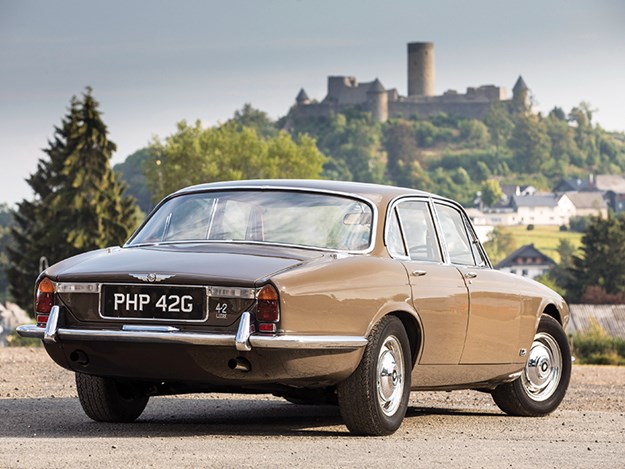
Sir William Lyons owned this car
The XJ6 was an extraordinary car. The body was low and wide and owed nothing to the compact saloons that had carried Jaguar’s fortunes since the 1950s. Nowhere on the low, perfectly-proportioned shape did the word ‘Jaguar’ appear and really it didn’t need to. This car could never be mistaken for anything else.
The design was always going to employ independent suspension at both ends, but when engineers tried attaching four rear springs directly to the body via rubber mounts, the car’s reaction when tested was erratic. It was tamed only when a subframe like the one used on E-type and Mark X models was installed.
For use in the XJ, Jaguar’s independent suspension was completely redesigned to incorporate anti-dive geometry and deliver the best blend of ride and handling in the automotive world. Crucial to the big Jaguar’s handling and stability at speed was a new tyre, the Dunlop SP Sport, (aka Aquajet) which had been specifically developed for the XJ6.
| Great cars of the 70s: Jaguar XJ6

Weight reduction was a focal point of XJ6 design and an area where Jaguar’s engineers could claim a big win. While needing to use the XK engine with its heavy iron block, an automatic XJ still weighed 130kg less than the physically smaller 420 Compact saloon.
Jaguar’s twin-cam XK motor had been devised during World War II as an appropriate power unit for a modern sports car which the company intended to release once hostilities ended. It believed the engine’s safe maximum capacity to be around four litres, but after Australian Bob Jane expanded his XK race engine to 4.2 litres, the factory did the same.
With twin SU carburettors and a dual exhaust system, the XJ6 4.2 would comfortably produce 183kW and that was sufficient to satisfy most members of its target market. If they weren’t, then waiting in the wings was an engine around which the XJ6 had actually been designed.
| Buyer's Guide: Jaguar XJ8
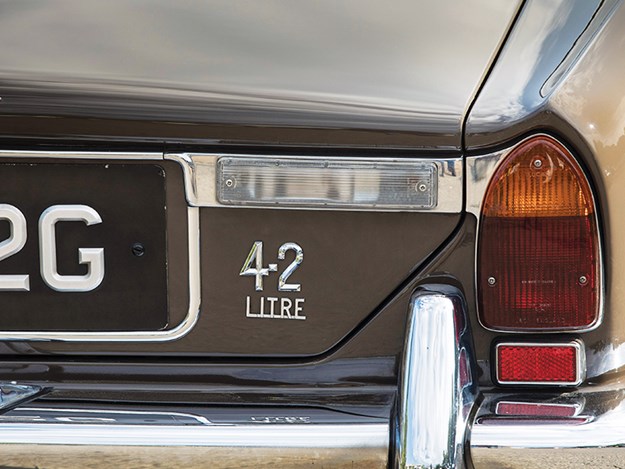
All time classic engine, Jag’s 4.2 litre straight six
Jaguar’s all-aluminium V12 originated as a race engine and in that role was restricted to 5.0-litres. Once Jaguar abandoned those plans it grew to 5.3 litres and with a quartet of carburettors would produce a very under-stressed 203kW.
Jaguar would also offer the S1 XJ6 in 2.8-litre form, but this version existed principally as a tax dodge for European markets. The engine preferred by Australian buyers was always the 4.2.
Four-speed manual transmission with overdrive was notionally standard but almost all the S1s and S2s we saw were automatic. Early cars used the outmoded Borg-Warner Model 8 before it was replaced in 1970 by the considerably smoother Model 12 and later by a Model 65. A small quantity of Series 3 XJ6s were sold locally with five-speed manual transmissions and these cause a stir when one appears in the market.
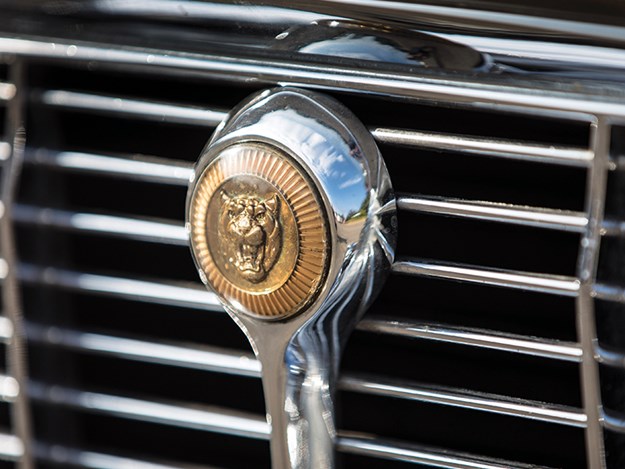
Australian XJ6 sales didn’t begin until mid-1969 and it took eight months for some buyers to see the cars they had ordered. Some from the first batch were immediately resold at hefty profits.
Pricing had always been a Jaguar strength and the XJ was no exception. 4.2-litre versions were launched in Britain at £2258 and $8295 in Australia. Jaguar’s nemesis here had been the Mercedes-Benz W108 Series, but even after a 1970 price increase the 4.2-litre automatic XJ6 would still undercut a Benz 280SE by $499.
Daimler versions were designated Sovereign and featured the brand’s distinctive fluted grille. They cost slightly more than the equivalent Jaguar, giving the company Chair some car park cred over the CEO’s XJ6.
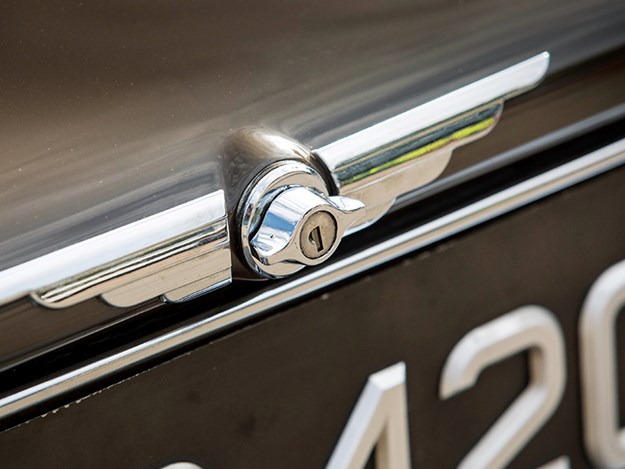
The S1 XJ6 survived until late 1973 when replaced by a restyled Series 2. The later car was dimensionally unchanged but less imposing than the original, with a flattened grille and high-set bumpers among the changes required for compliance with new US regulations.
Early XJ6s had been built on a 2760mm wheelbase but from 1973 a 105mm extension became available. Just 875 S1s and all but 170 of the S2 sedans were long-wheelbase cars.
In order to accommodate buyer requests for integrated air-conditioning, Series 2s had an all-new ventilation system which worked passably well in countries without days that were untenably hot. More effective was the multi-function steering-column stalk that finally eliminated the floor-mounted high-beam dipper switch.
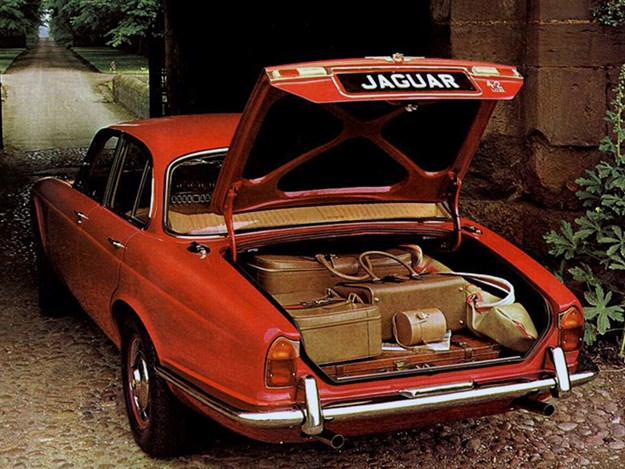
Jaguar by the 1970s was an independent brand in name alone. Its culture and industrial relations from that time were being micro-managed by the dreaded British Leyland, which cut corners, squeezed suppliers and ensured that quality came a poor second to expediency.
On production lines where staff once referred reverently to brand founder Sir William Lyons as "The Guvnor" and strikes were unknown, loyalty had disappeared along with the pride that a job at Jaguar once engendered.
Performance suffered along with quality, as local emission regulations required the induction system to be redesigned and power from Australian-spec S2s dwindled to a miserable 134kW.
Series 2 sales worldwide remained strong however, largely based on the respect Jaguar had earned during its time under the management of Lyons’ team. However, nobody was saddened when, in late 1978, a fuel-injected version of the 4.2-litre engine was introduced and the Series 3 XJ6 announced.
Series 3 sales began in March 1979 after some fettling from styling house Pininfarina. Most noticeable amongst the changes were a steeper angle to windscreen, larger windows, a neater nose and tail, new lights and rubber-faced bumpers.

In 1982 a luxurious Sovereign version joined the range, with standard leather trim (the basic XJ6 by then used velour), walnut dash inserts, electric seat adjustment, central locking and rear headrests. A Luxury Pack then added distinctive ‘pepper pot’ alloy wheels, a sunroof, cruise control and trip computer.
Production techniques and quality control were dramatically improved, eliminating many of the S2’s annoying faults. New seats with deeper cushions and improved padding gave the driver and front passenger a softer and more supportive ride.
XK engines were replaced in 1987 by the single-cam AJ6 motor but S3 shape cars with V12 engines would live on until 1992.
Driving an XJ6 of any age should be a smooth, even eerily quiet experience. Worn shock absorbers and soft springs affect ride, heighten body roll and help transmit all manner of road and suspension noise into the cabin.
Fuel consumption from carburettor-fed 4.2s will average 16lt/100km and exceed 20lt/100km if the car is being pushed along. Injected versions slice that by 20 per cent and can be run on unleaded fuel without the valve-seat protection additive required by earlier models.
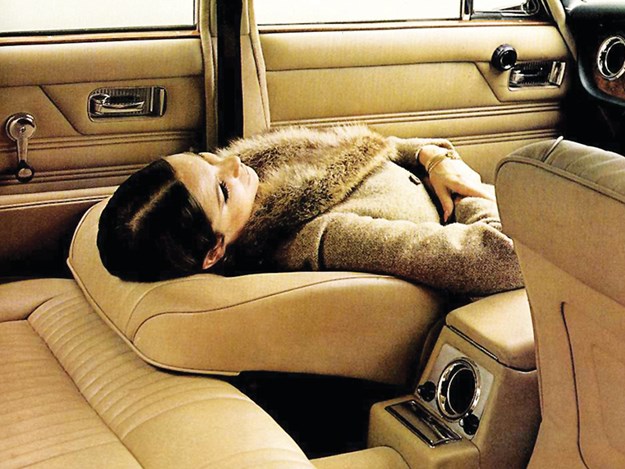
Opulent and spacious
The all-disc braking system works well when in good condition but old hydraulic fluid can overheat, leading to loss of pedal and higher brake pressures. The rear brakes are mounted alongside the differential and may not be working at all due to oil contaminating the pads.
The difference between a cheap XJ6 Series 1 needing lots of work and an exceptional car will be around $30,000 and that amount can be spent just on body restoration. If you are buying an XJ to keep, dig deep and buy the absolute best example you can find.
If you’re prepared to take the risk on an engine that’s done 250,000 kilometres without major mechanical work, S3s fitting the description begin at $5000. A well-maintained S3 Sovereign should cost $12-15,000.
Virtually any part required to restore and maintain these cars remains available, new or used from suppliers in Australia and worldwide. If you have the money and desire, almost any XJ6 can be returned to ‘showroom condition.
Value range Jaguar (XJ6 Series 1)
FAIR: $7000
GOOD: $16,000
EXCELLENT: $30,000
((Note: exceptional cars will demand more)
BUYER'S CHECKLIST
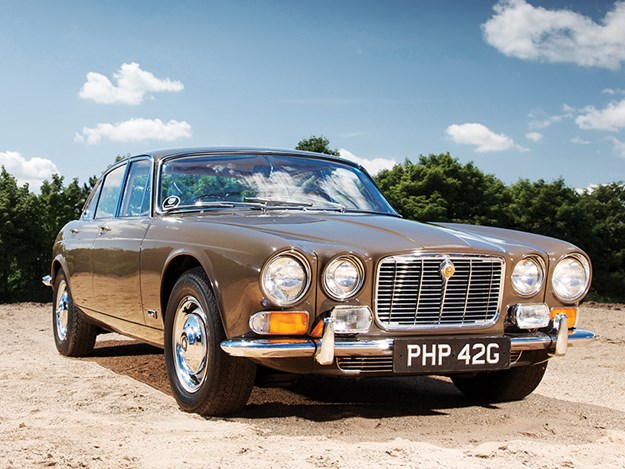
Body & chassis
Begin by checking for rust and be forensic, because professionally repairing a seriously rotten XJ6 shell will absorb more than you will spend buying a near-perfect car. Most critical will be corrosion in the lower fire wall, windscreen surround, inner sills and floors. The wheel arches, lower front mudguards, door-skins and headlamp ‘eyebrows’ suffer as well but rot in these areas is cheaper to repair. Underneath, look at rear suspension mounting points and front cross-member. Early bumpers are hard to find but British suppliers have reproduction S2 and S3 bars (which come in several sections) from $1500 per pair. Damaged door seals make for a noisy, rattly XJ and cost around $600 per set plus installation.
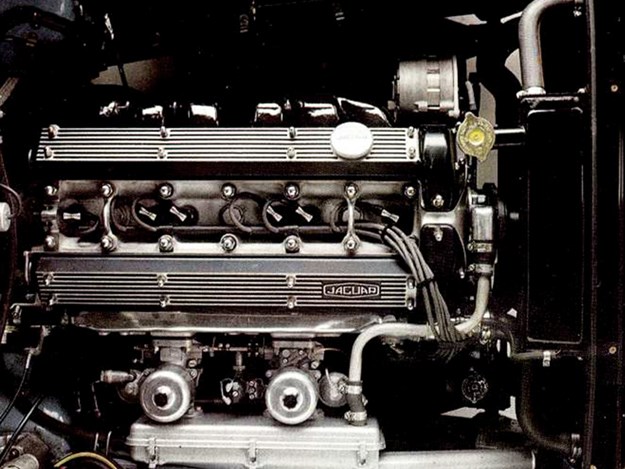
Engine & transmission
The XK engine is inherently reliable and owner neglect is the reason for most failures. Engines that have been overheated will suffer blown head gaskets and cracks through the aluminium cylinder head. Oil pressure at idle should run at 20psi hot but don’t be immediately deterred by a low reading as in-car gauges are often faulty. Fully-rebuilt exchange engines will cost around $10,000 and getting the timing right is an expert task. The big SU carburettors need to be reconditioned as well and that adds a couple of grand to the bill. Rattling or slip under acceleration signifies an auto transmission in trouble. Check for bright red fluid that doesn’t have a burned smell. Diffs leak and can fail if the lack of lubricant is ignored for long enough.
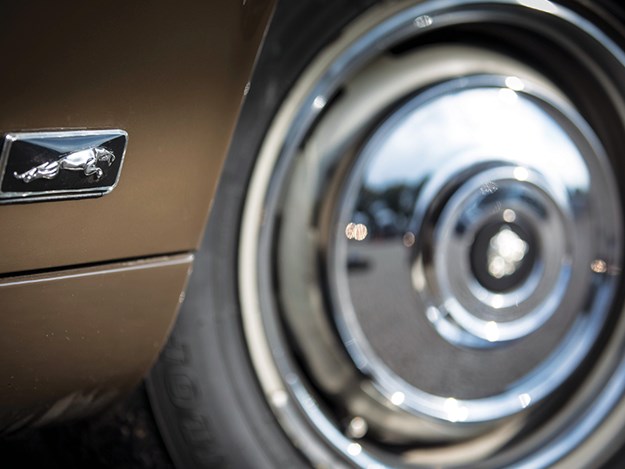
Suspension & brakes
The XJ6 suspension is complex and wonderfully supple when in perfect condition. Most aren’t, so listen for front-end creaks and rear-end clunks. There are six of everything (springs, shock absorbers and mounts) plus various bushings and joints and the complex power steering set-up. Parts and labour to sort everything front to rear can generate a $10,000 parts and labour bill. Look for inner-edge tyre wear as a sign of problems. The only way to effectively fix rear-end issues is to drop the diff carrier, stem the oil leaks then replace pretty much everything.

Interior & electrics
Replacing worn leather, carpets, timber and head-lining can generate a five-figure retrim bill, so best to avoid cars with a poor interior. S2 and S3 air-conditioning is complex and can add $3000 if everything needs replacement. Test the controls and listen for changes in air direction and temperature. Incoming air must be chilled, not just cool. Plugs that carry wiring through the firewall in S2 and S3s deteriorate and can cause multiple problems. Slow-moving power windows may respond to a thorough clean and lubrication but be prepared to spend $1000 per door replacing motors and mechanisms. Also check the switch that swaps fuel feed between the two 45.5-litre tanks is working.
1968 - 1988 Jaguar XJ6 Series I-III
NUMBER BUILT: 79,273 (S1) 77,001 (S2) 139,224 (S3)
BODY: Integrated body/chassis four-door ENGINE: 2791cc or 4235cc in-line six, OHC, twin side-draft carbs or fuel injection
POWER & TORQUE: 183kW/ 380Nm (4.2-lt S1)
PERFORMANCE: 0-100km/h 9.6 sec, 0-400 metres 17.3 sec (S1 auto)
TRANSMISSION: Four or five-speed manual, three-speed automatic
SUSPENSION: Independent with upper & lower wishbones, coil springs, dampers and anti-roll bar (f) Independent with four coil springs, radius arms
and dampers (r)
BRAKES: Disc (f&r) power assisted
TYRES: ER70V15 radials
From Unique Cars #474, January 2023
Unique Cars magazine Value Guides
Sell your car for free right here
Get your monthly fix of news, reviews and stories on the greatest cars and minds in the automotive world.
Subscribe

.jpg)











